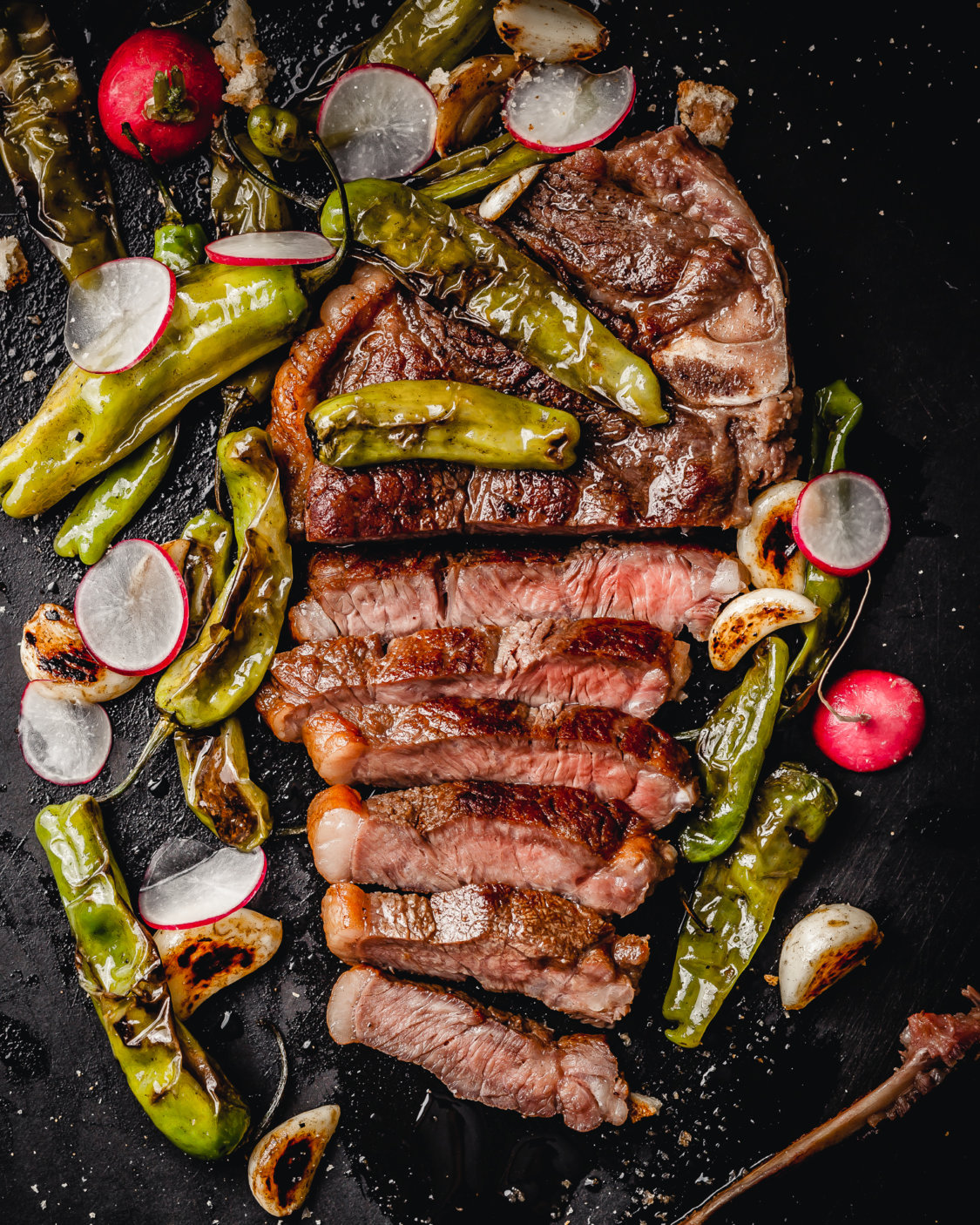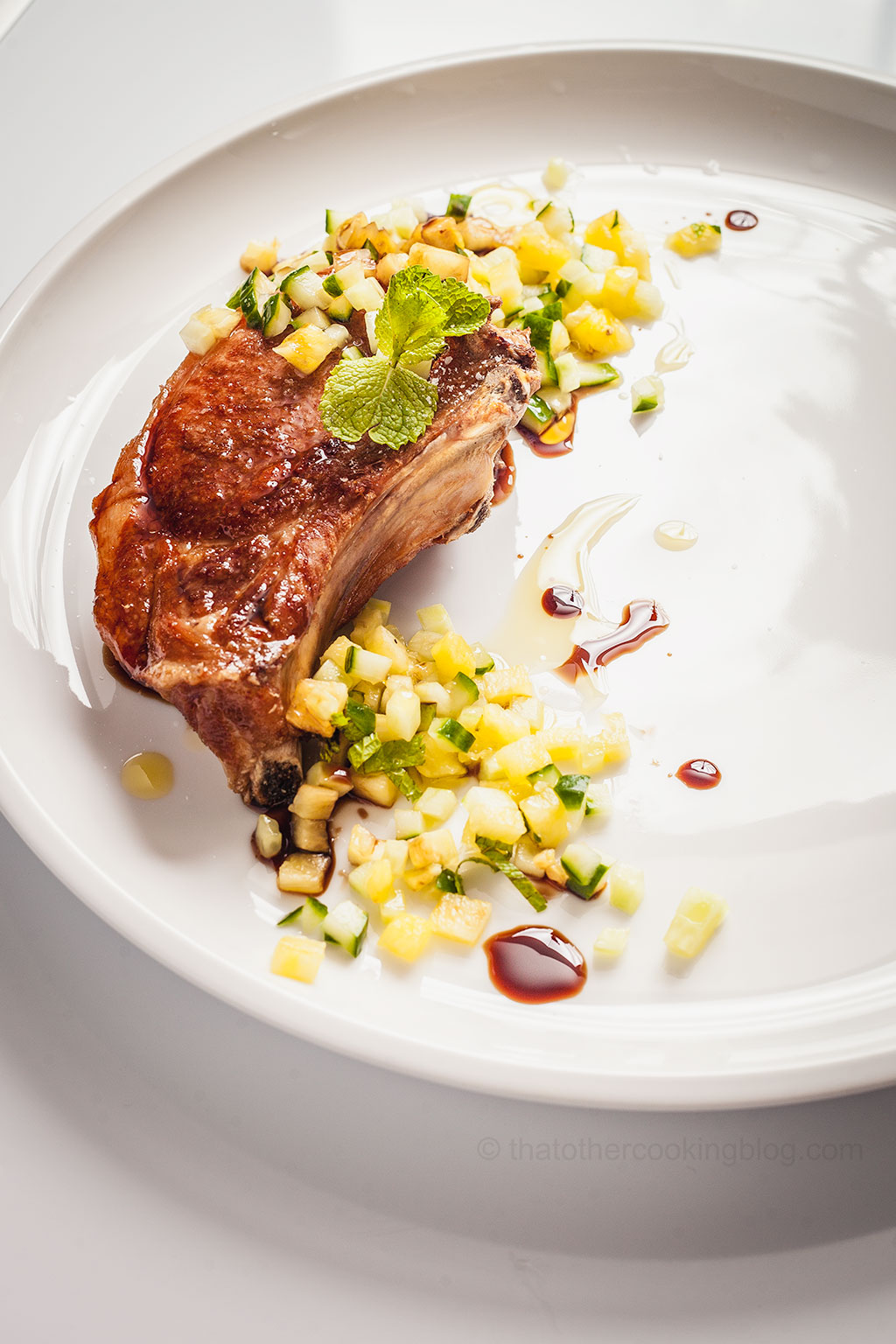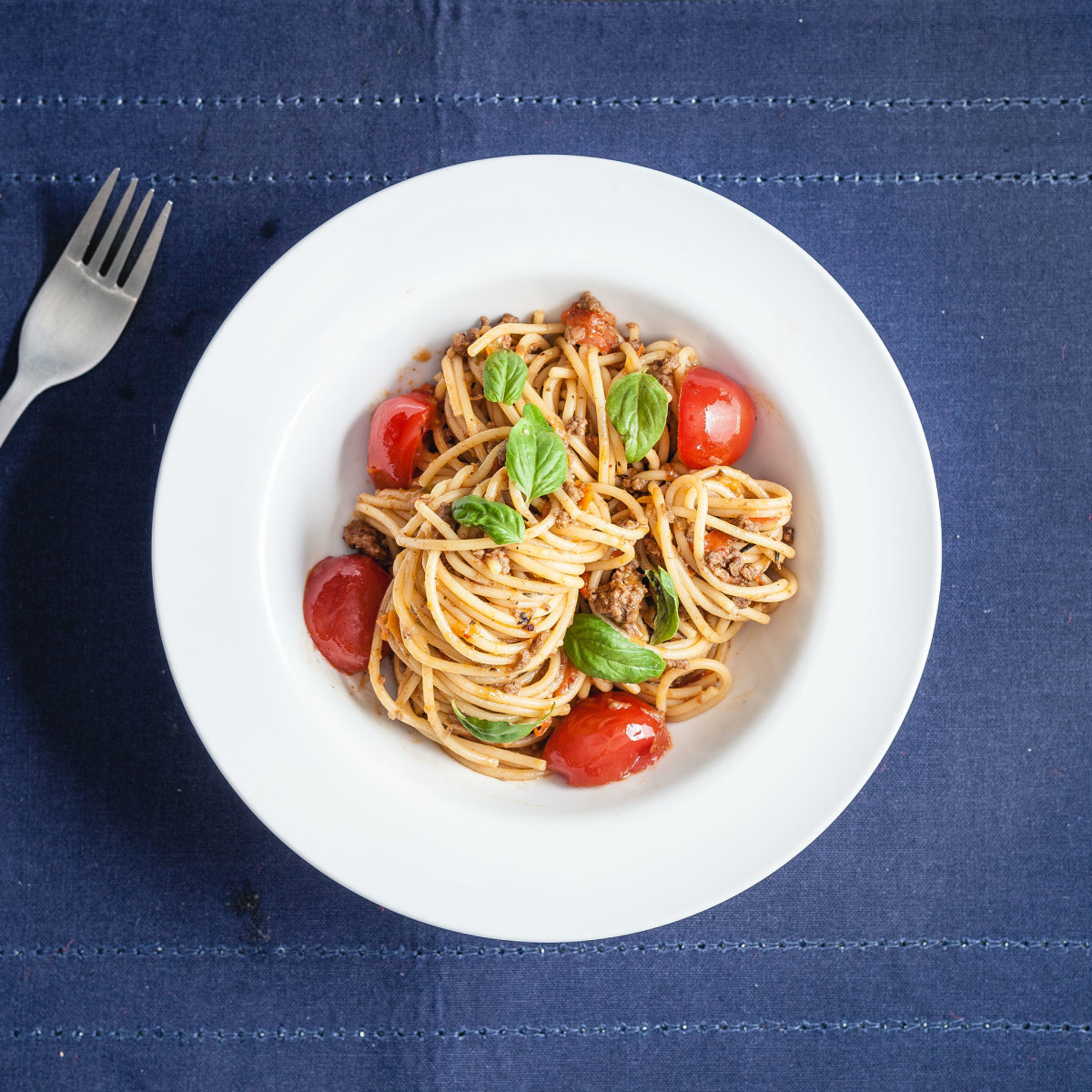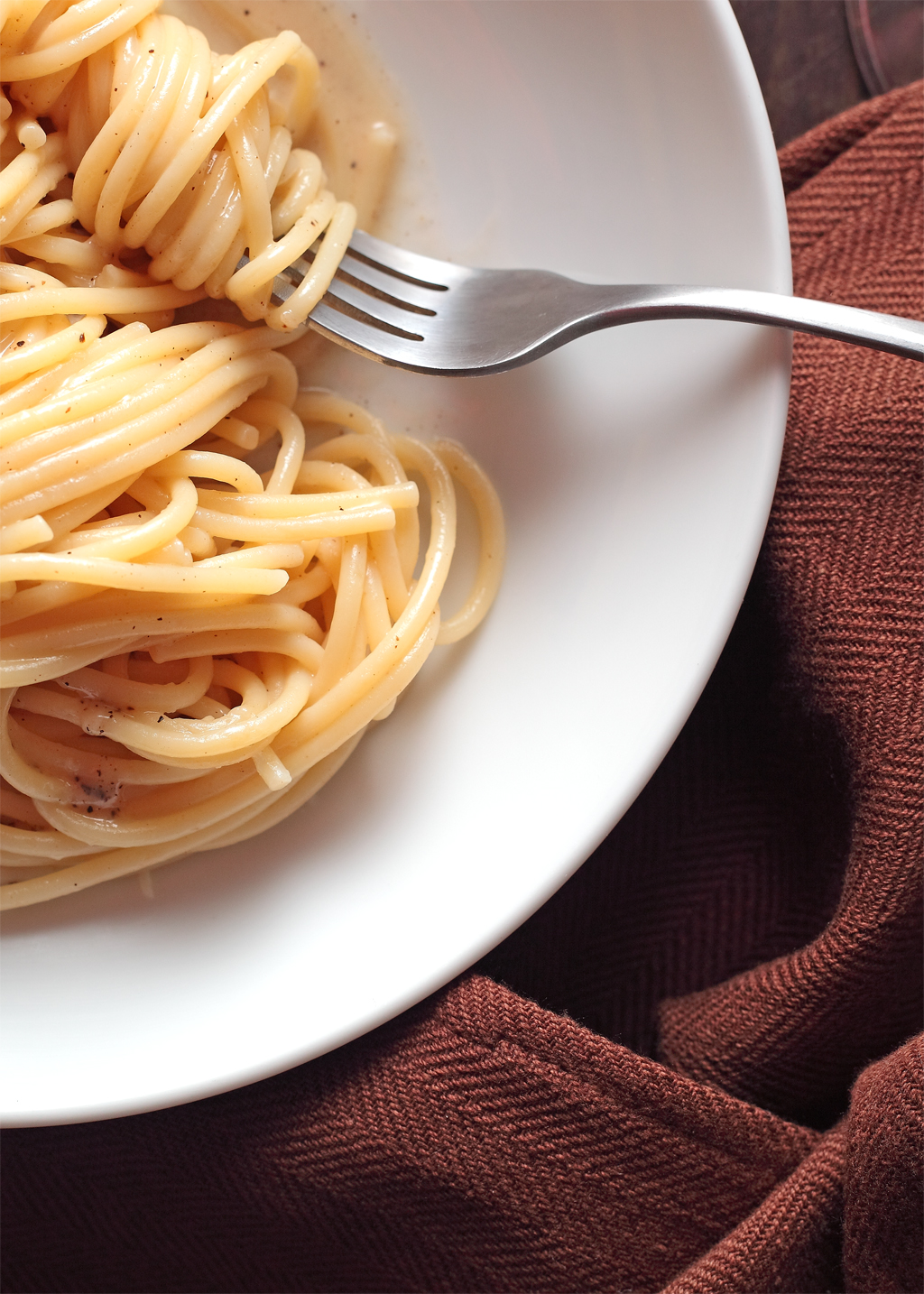That was a very long title btw… Let’s just dive into it:
Ingredients (my best estimation):
New York steaks.
About a cup of shishito peppers per steak.
About 4 fermented garlic cloves per steak.
A neutral high smoke point cooking oil like safflower or clarified butter.
Salt and pepper.

Cooking the Steak.
This is the boring part of this whole endeavor. Salt your steaks generously. Maybe add some pepper (it kinda goes bitter when you sear the steak so maybe you want to sprinkle some after the fact… it’s a personal preference… there are so many opinions on this it’s exhausting). They go in the baggie. Vacuum seal and cook at 53.3C for 6 hours.
Wait… Six Hours???
Ah, texture modification is a wonderful thing…. or a horrible thing. It really depends on how far you take it. With sous vide cooking, modifying the texture of animal protein is super easy. If you don’t know what I’m talking about here… take short ribs for example. When cooking those traditionally, they’re braised (at a near-boiling point) for a few hours. The whole point of this is… texture modification. The meat becomes tender, fall-off-the-bone..etc.
With sous vide cooking, the idea is the same but it works at a much slower pace because we’re not overcooking the meat, to begin with. Normally, NY steaks, considered a tender cut, are cooked just long enough for the meat to reach the cooking temperature at the core which usually takes about an hour or less and that’s perfectly sufficient if you don’t have the time but if you want to take your NY steak game to the next level, try 6 or 7 hours but I wouldn’t wanna push it any further because eventually, the meat starts to become unpleasant and mushy. We don’t want that.

Fermented Garlic… have you gone mad?
It’s not that big a deal if you don’t have fermented garlic at hand. You can ferment garlic on your own time later and roast regular garlic for this recipe (in which case I suggest, slicing the cloves in half). They will have a much harsher bite though and that’s why I suggest using fermented garlic which is a treat and can be eaten raw. To ferment garlic, just place the peeled cloves in a clean glass jar and cover them with a 3% salt solution and let them sit in the shade for about a week and a half. They might turn a bluish hue which is perfectly fine. Don’t seal the jar tightly, or make sure you “burp” it daily…I know…yum… (basically, releasing the CO2 out of the jar to depressurize). Yes, it’s the quickest fermentation crash course you’ll ever find.
Blistering peppers… is that even right?
I have no idea if this is the correct terminology but peppers do blister when exposed to heat. All you’re really doing is pan roasting them really but blistering sounds a lot cooler… but it also sounds weird…right? anyways, I start mine without any cooking oil/fat to get a nice char on them and then add oil to even out the cooking. Add some salt at this stage and add the garlic as well. It’s a pretty quick thing. About 5 minutes on medium high heat. Oh… and yes… I do leave the stems on… for handling.

Searing a steak and how I got it wrong.
And we finally get to the part where I messed up. Searing steak is a science but accidents do happen and things go wrong in the kitchen all the time. If you’re going for a medium rare finish and the steaks aren’t thick enough like in this case here… you might need to chuck them in ice water before searing them and that’s something I should have done but I didn’t. With thicker steaks, it’s much easier to get the proper searing without compromising the inside. I also used less oil than usual.. which was a mistake.
The rules are simple. Ripping hot skillet (450F or hotter without burning your oil/fat of course). Enough cooking oil (deep frying is my usual go-to method but… I didn’t have enough oil). Make sure the steaks are dry… use paper towels… this is key. Sear each side for a minute or so and you should be good.
Wrapping it up.
Technically not my best article on steak but definitely not my worse! It was an extremely pleasant dinner nonetheless. Take care guys! Hope you have a great weekend. I will see you soon. As always, leave your comments/questions below. Bye Bye!

Wanna get more sous-vide cooking guides and cool cooking how-to’s in your mailbox? You know what needs to be done!
We never spam. You should only be getting updates when new content is posted on the site. We also respect your privacy. We don’t share your email address with anyone and you can unsubscribe anytime!





2 comments
With times longer than 4 hours at temperatures below 52C/125F there are food safety risks. It would help to scald the steak in boiling water after vacuum sealing, to kill any pathogens on the surface of the meat.
You are right about searing thinner steaks after sous-vide; some cooling is required to prevent overcooking.
hey Stefan, you’re right. I actually raised the post temp to 53.3 to be on the safe side. Thanks for bringing that up. Hope you’re doing well.